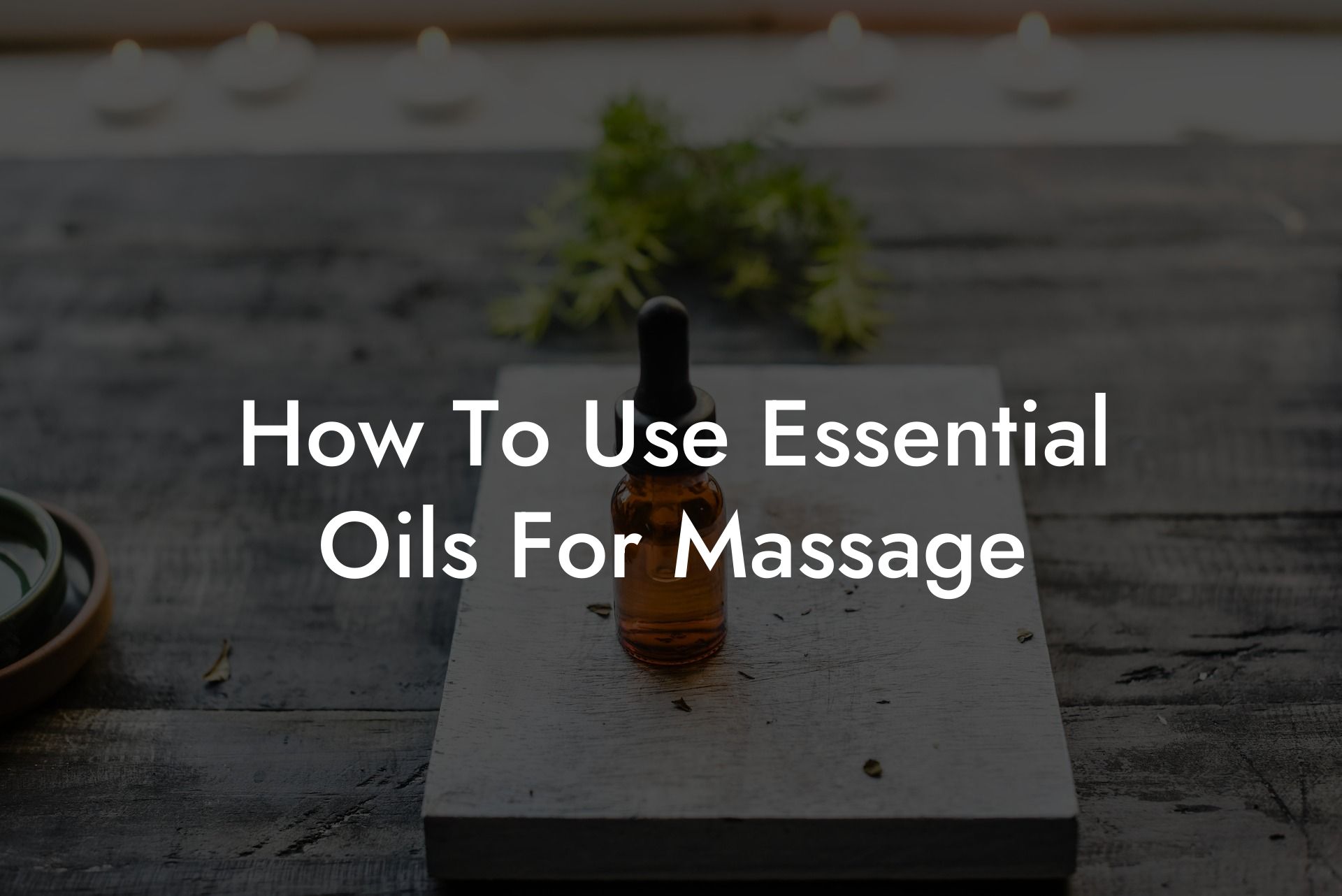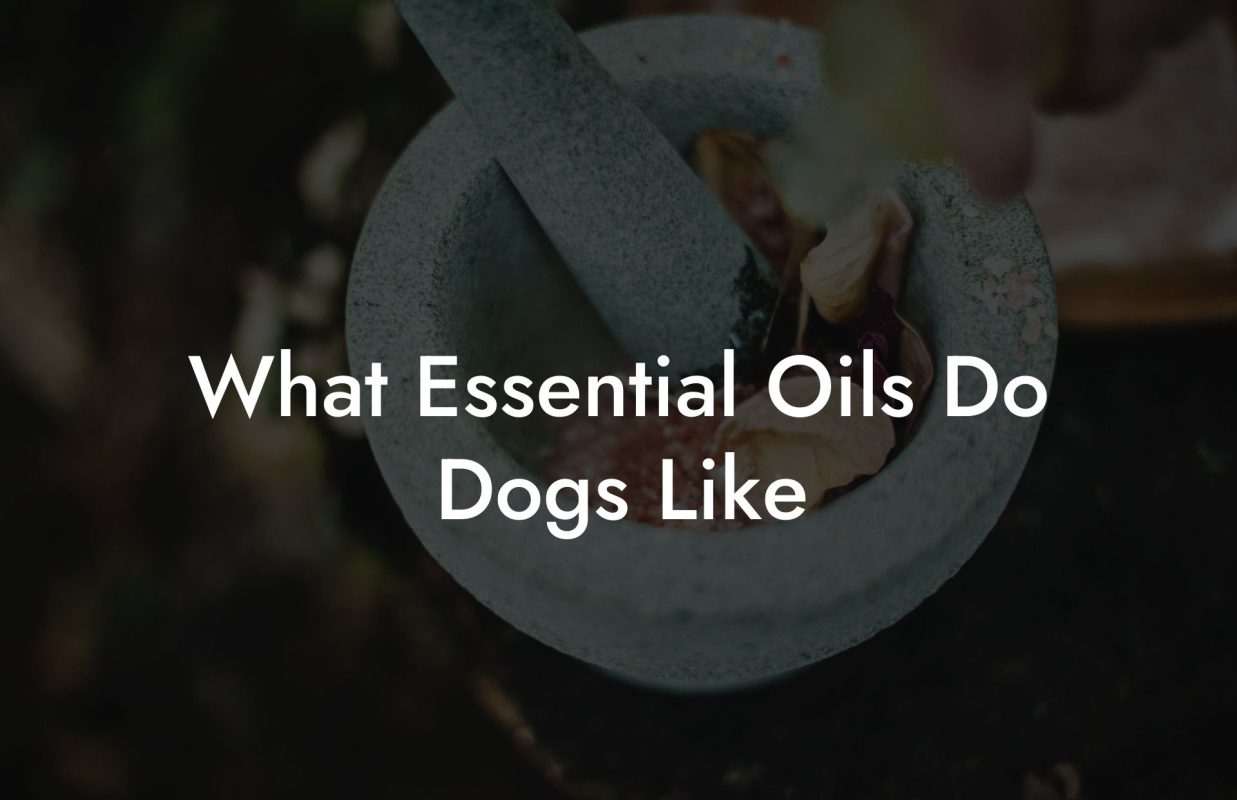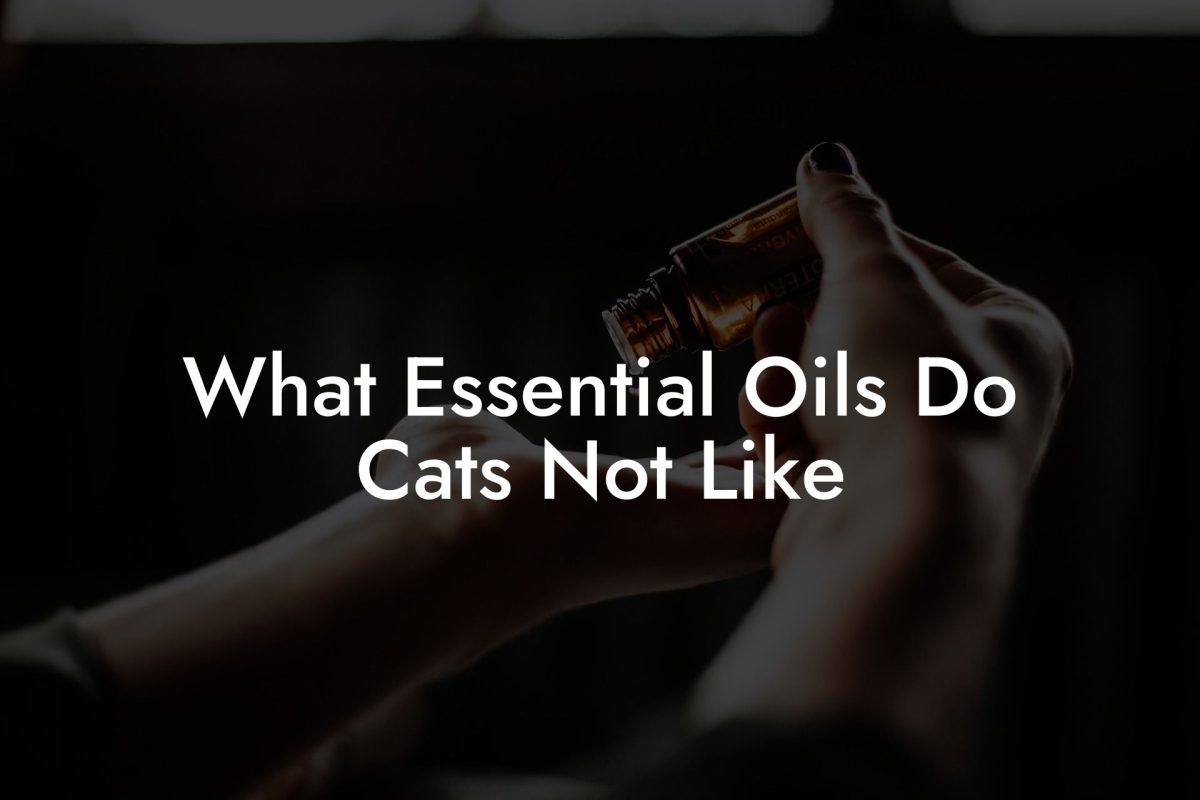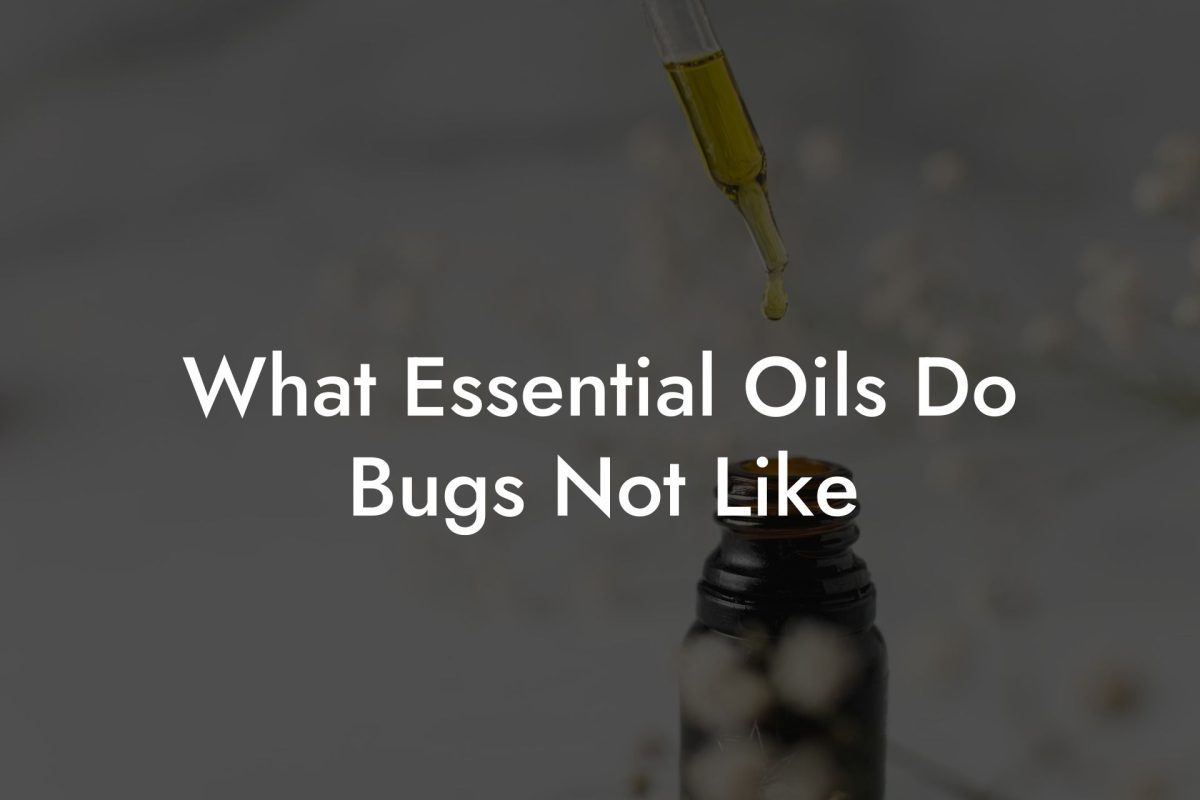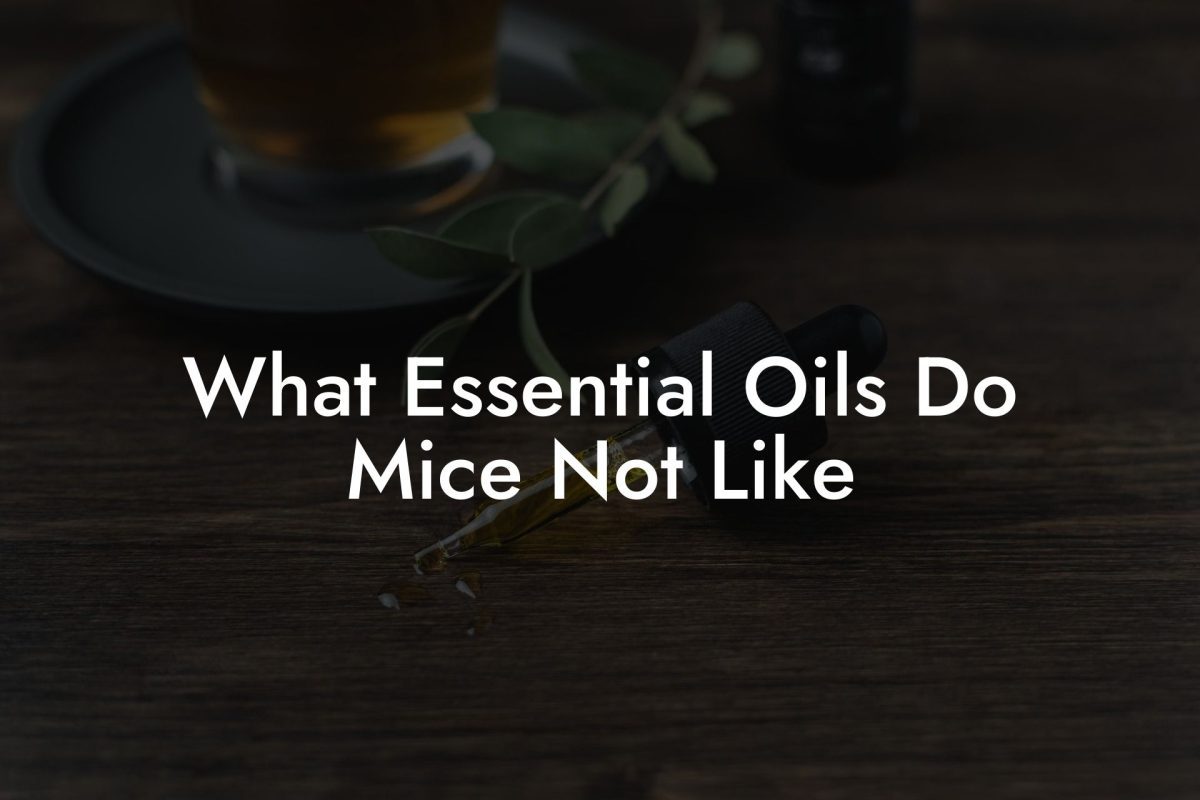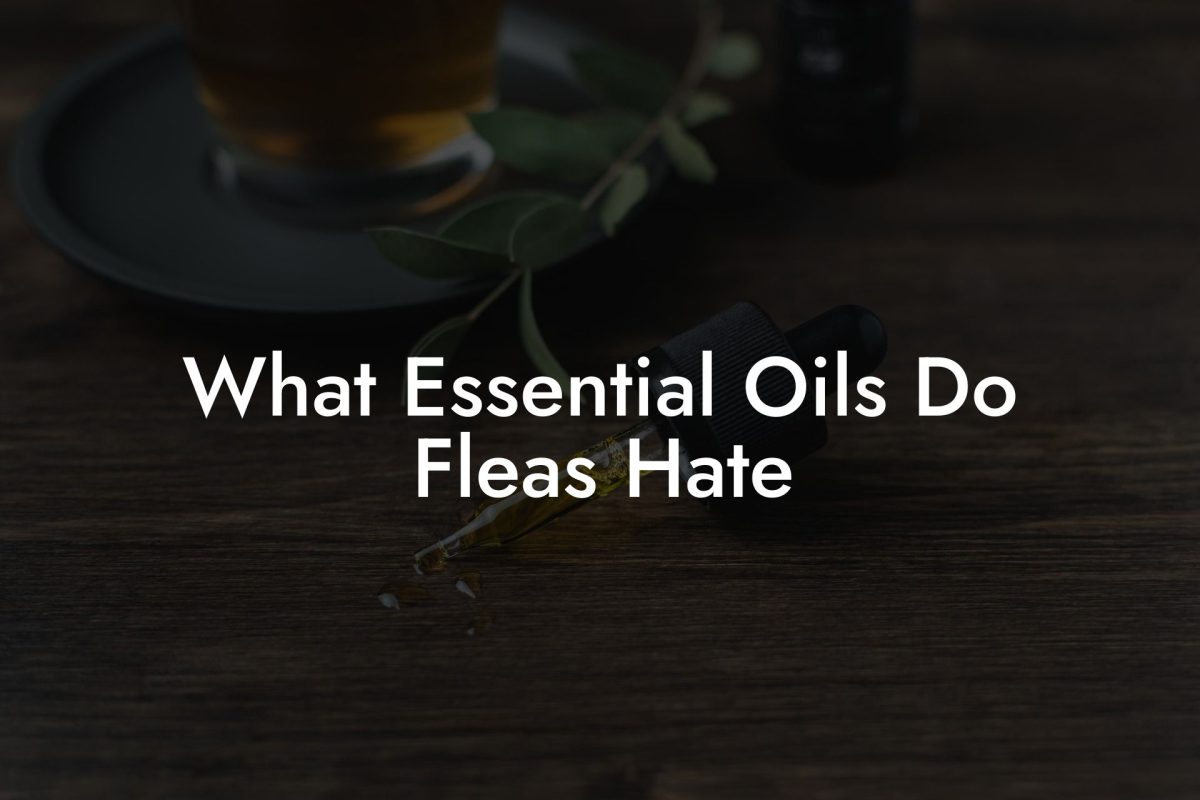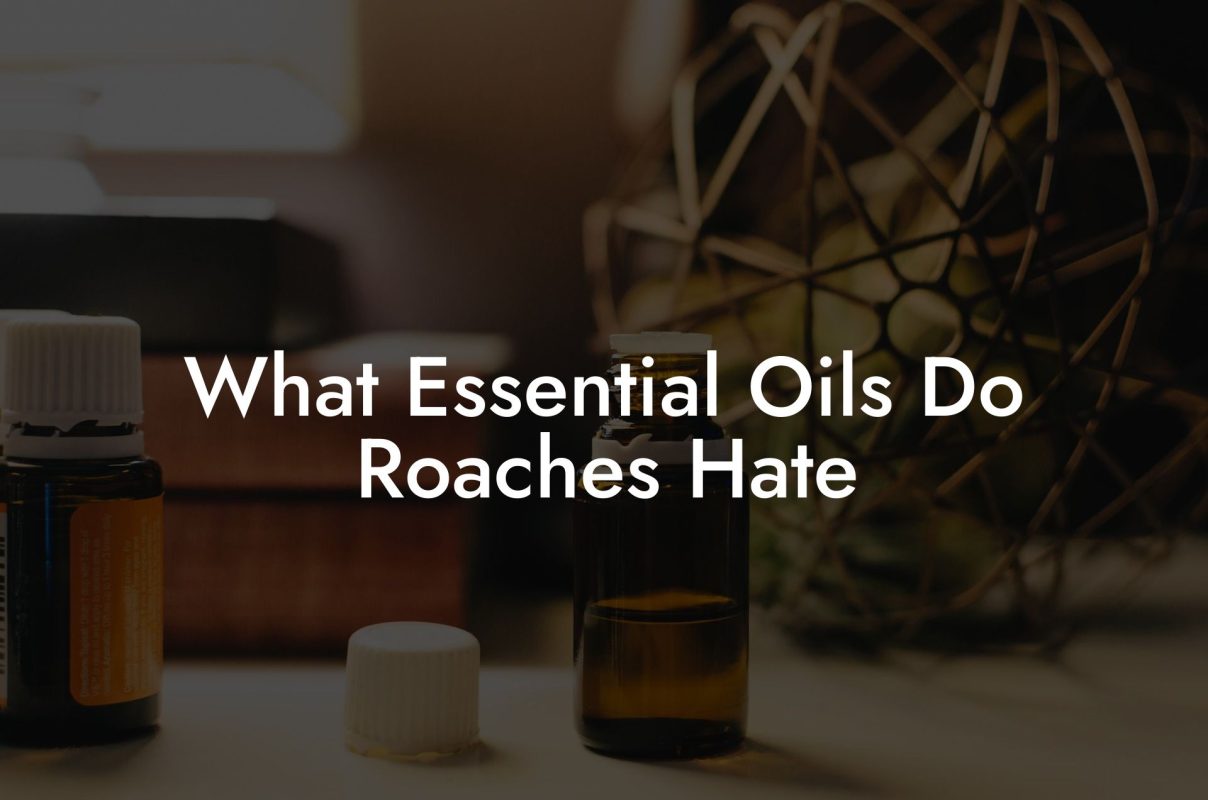Massage has been practiced as a therapeutic and relaxing technique for thousands of years. The addition of essential oils elevates a regular massage into an indulgent experience that not only soothes the body but also awakens the senses. In this article, we’ll explore the art of using essential oils for massages, uncovering their benefits, safety precautions, and best practices.
Table of Contents
Benefits of Essential Oils for Massage
Using essential oils for massage provides several advantages, including:
- Aromatherapeutic Effects – Essential oils harness the power of plants, delivering scents that can soothe the mind, uplift the spirits, or promote a sense of tranquility.
- Potential Health Benefits – Many essential oils possess properties that may help alleviate common health concerns. For example, lavender oil is known for its calming effects, while eucalyptus oil can help with respiratory issues.
- Enhanced Skin Nourishment – The combination of essential oils with carrier oils during massages can help moisturize and nourish the skin, leaving it soft, supple, and radiant.
Choosing the Right Essential Oils
Before starting a massage, it’s crucial to select appropriate essential oils that address your specific needs. Consider these factors when making your choice:
- Desired Mood – Choose oils that have an affinity with the mood you want to create. For instance, opt for relaxing oils like lavender for a calming massage, or invigorating oils like peppermint for an energizing massage.
- Personal Preferences – Different individuals have different scent preferences. Make sure to discuss with your client or partner the scents they favor, ensuring a more enjoyable experience.
Using a Carrier Oil
Essential oils are potent and highly concentrated, which is why they should always be diluted with a carrier oil before using them on the skin. A carrier oil is a neutral vegetable oil such as coconut, almond, or avocado oil. These oils help “carry” the essential oil onto the skin, enabling a smooth, gliding massage.
Proper Dilution Ratios
As a general guideline, dilute essential oils at a 1% to 3% dilution ratio for adults. This translates to:
- 5 to 15 drops of essential oil per ounce of carrier oil for a 1% to 3% dilution.
- For a more sensitive skin area or for children, aim for a 0.5% dilution rate, which equates to 2-3 drops of essential oil per ounce of carrier oil.
Precautions and Safety Tips
Take note of these essential oil safety tips before starting a massage:
- Do a Patch Test – Always perform a patch test before using a new essential oil on the skin. Apply a small, diluted amount to a discreet area and monitor for any adverse reactions.
- Be Aware of Contraindications – Some essential oils are contraindicated for specific medical conditions or stages of pregnancy. Consult with a qualified aromatherapist or doctor before using oils in these cases.
- Avoid Eye Contact – Keep oils away from the eyes, as they can cause irritation or damage.
How To Use Essential Oils For Massage Example:
Imagine you’re preparing a stress-relieving and calming massage using lavender essential oil. First, dilute 10 drops of lavender oil in one ounce of avocado carrier oil for a 2% dilution. You can adjust the amount per your client’s preference.
Begin the massage, using the lavender-infused carrier oil to glide your hands smoothly over your client’s body. The soothing scent of lavender works in tandem with your massage techniques, creating a blissful experience that melts tension away and promotes relaxation.
The world of essential oils opens up a realm of possibilities for enhancing massages, delivering an array of therapeutic benefits and sensory delights. We hope this guide has provided helpful insights into using essential oils for massages. Feel free to share the article with your friends, and explore other articles on Oshu Oils for a deeper dive into essential oils and aromacology. Don’t forget to check out our range of Oshu Oils artisan essential oils that can make your next massage truly unforgettable.

